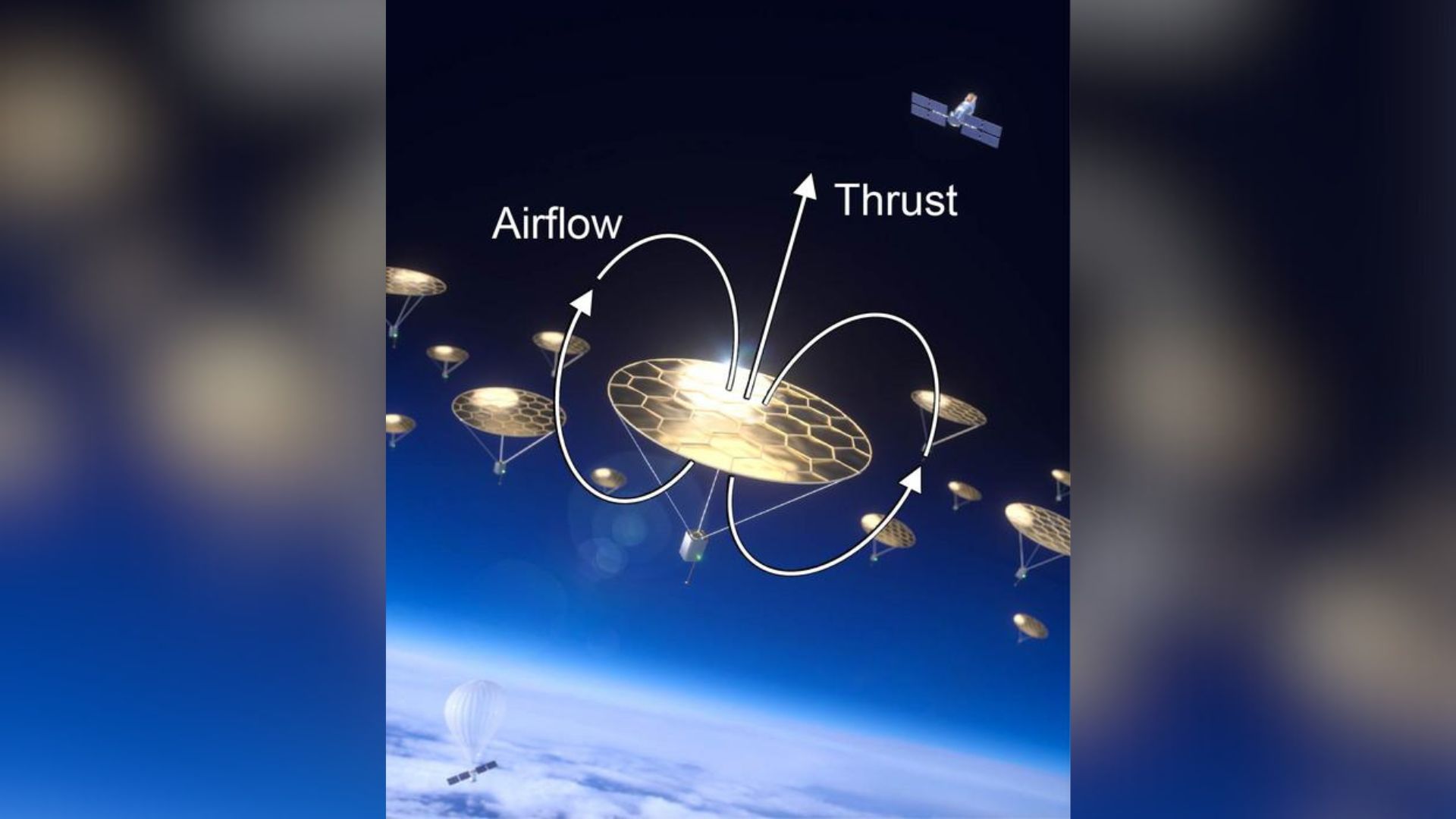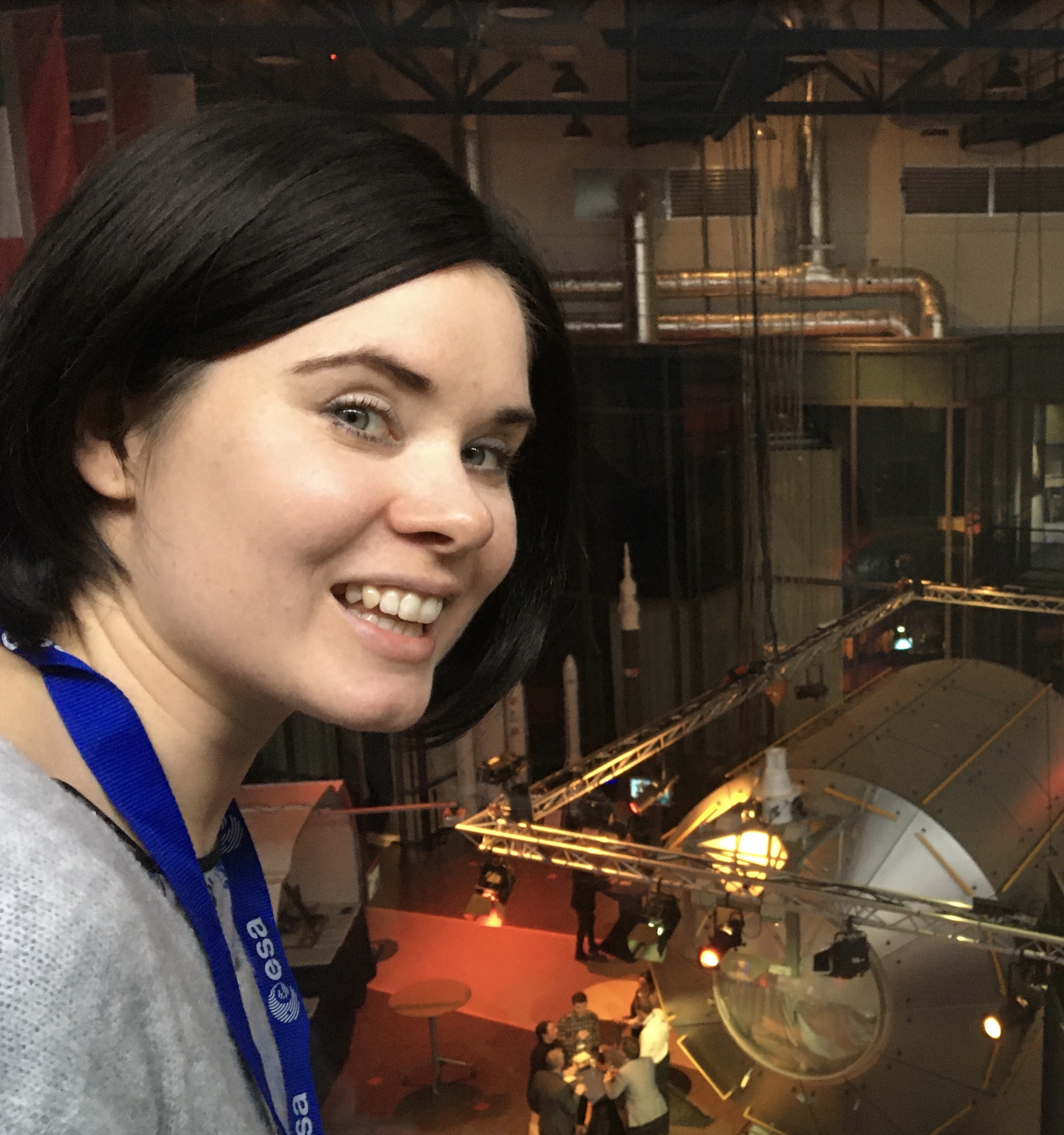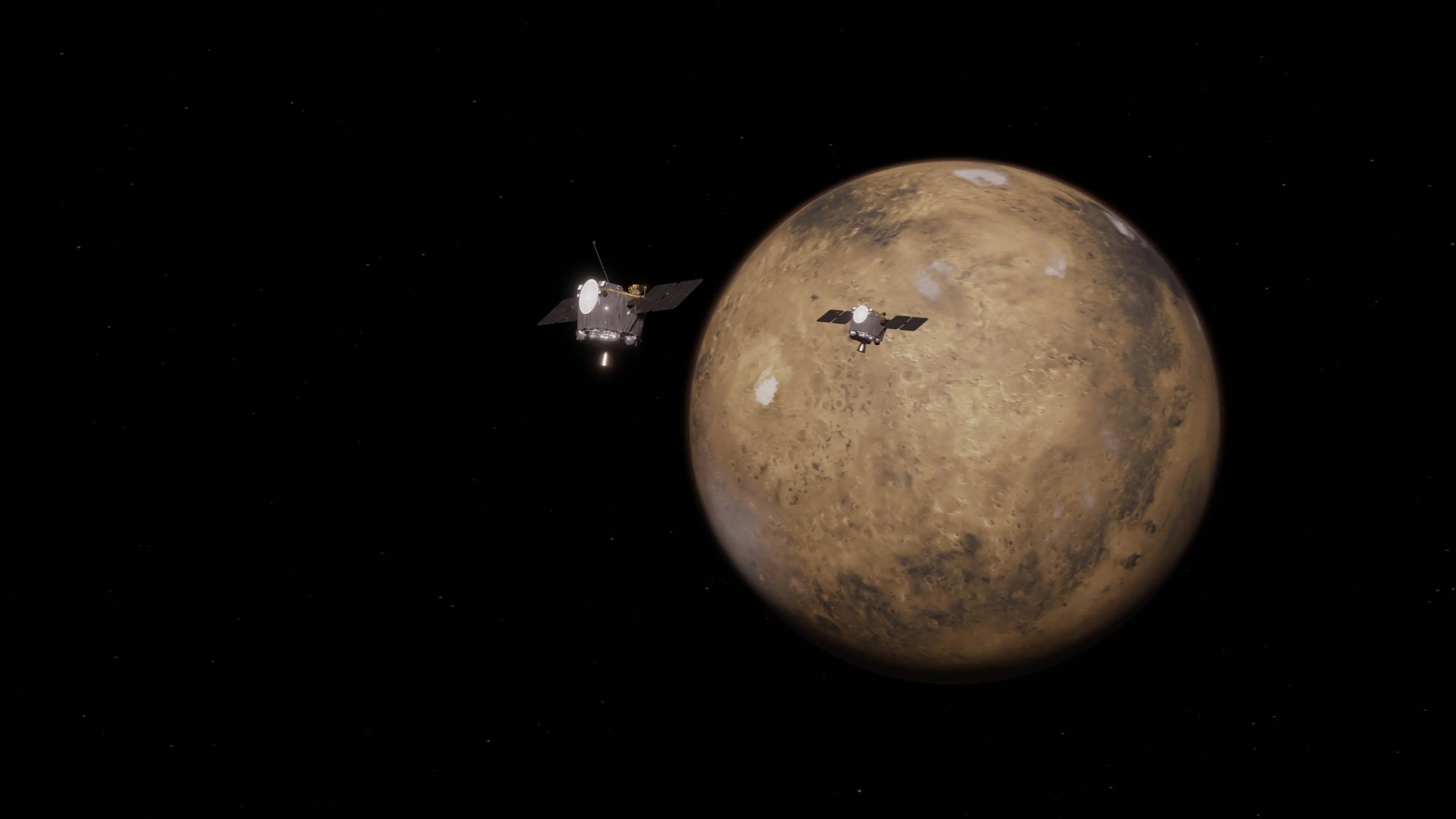Tiny devices propelled by sunlight could explore a mysterious region of Earth's atmosphere
"Being able to send something out there would enable us to take a lot more precise data than we currently can."

Self-lofting devices propelled by sunlight have been tested for the first time in near-vacuum conditions akin to those in Earth's upper atmosphere, paving the way for a revolution in atmospheric science.
The tiny, lightweight membranes — which are made of aluminum oxide and a layer of chromium — take advantage of a phenomenon known as photophoresis, which occurs when one side of a slice of thin material gets warmer than the other. As gas molecules bounce off the warmer side, they push the membrane upward. However, the effect is very weak and thus can be observed only in very low-pressure environments, such as those near the edge of space.
In the recent experiment, described in a paper published Aug. 13 in the journal Nature, the researchers made 0.4-inch-wide (1 centimeter) specks float in a vacuum chamber when exposed to light about 55% as intense as natural sunlight.
"That's a big result showing that this would actually work in the same conditions that you have in the upper atmosphere," said Ben Schafer, lead author of the paper and a researcher at the Harvard John A. Paulson School of Engineering and Applied Sciences (SEAS).
"We are talking [about a] region of the atmosphere that is sometimes called the ignorosphere, because there is nothing that can fly there. Being able to send something out there would enable us to take a lot more precise data than we currently can," he told Space.com.
Related: Planned NASA mission to the 'ignorosphere' could improve space weather forecasts
The ignorosphere includes the mesosphere — the layer of Earth's atmosphere at altitudes between 30 and 53 miles (50 to 85 kilometers) — plus a section of the thermosphere up to an altitude of 100 miles (160 km). The ignorosphere is too high for aircraft to reach but too low for instruments on board low-Earth-orbit satellites to sample. Sensors placed on sounding rockets make occasional measurements of the region, but most of the processes taking place there are little understood.
Breaking space news, the latest updates on rocket launches, skywatching events and more!
The ignorosphere forms a boundary between Earth's gaseous shroud and outer space. When coronal mass ejections — vast expulsions of charged plasma from the sun — hit Earth, they deposit most of their energy in the ignorosphere. Auroral glows occur in the ignorosphere, and so do the energetic exchanges that lead to geomagnetic storms that can knock out power grids and throw satellites off their orbits. These unexplored altitudes are also where satellites burn up during their reentries and where the air pollution produced during their incineration accumulates.
"Getting accurate data from this region about winds, temperatures, pressures, etc. would really up the accuracy of existing global climate models," Schafer said. "It would fill that gap that we have."
Shafer and his colleague Angela Feldhaus spun out a company from Harvard SEAS called Rarefied Technologies. The aim of the startup is to conduct realistic atmospheric experiments with such devices in the hope of commercializing them.
To lift miniature sensors and antennae into the ignorosphere, the membranes would have to be somewhat bigger, around 2.4 inches (6 cm) wide. "It would be a disc that could loft about 10 milligrams [0.0004 ounce] into near space," Schafer said.
The devices would be released from a stratospheric balloon about 30 miles (50 km) above Earth. From there, they would self-propel to altitudes of up to 60 miles (100 km), where they would remain during the day. At night, the devices would sink down in the atmosphere, but if they were lightweight enough, wouldn't fall all the way back to Earth and would rise back up after sunrise, Schafer explained.
The researchers want to focus on improving the material and its structure to decrease its weight, which would make larger devices possible.
Building on earlier ideas
Photophoresis was discovered in the 19th century but remained mostly overlooked until recently. Advances in material science and nanofabrication technology in the past couple of decades finally made it possible to contemplate its practical applications.
Schafer and his colleagues got inspired by a theoretical paper by David Keith, then a professor of applied physics at SEAS and now at the University of Chicago. Keith proposed that reflective membranes powered by photophoresis could be used as a geoengineering intervention to reduce Earth's temperature if the world failed to contain climate change by reducing its carbon emissions.
Keith oversaw Schafer's work until 2023.
"This is the first time anyone has shown that you can build larger photophoretic structures and actually make them fly in the atmosphere," Keith said in a statement. "It opens up an entirely new class of device: one that's passive, sunlight-powered, and uniquely suited to explore our upper atmosphere."
Schafer thinks the technology could find many uses. It could help study Mars' thin atmosphere or even compete with SpaceX's Starlink satellite broadband megaconstellations.
"If you were to put small communications packages on board of these things and lofted them into the mesosphere, you could actually rival data rates of low-Earth-orbit constellations," Schafer said.
He admitted that the devices would have to get quite a bit lighter and larger to host large-enough communication payloads and navigation units to maintain a stable position above fixed spots on Earth.

Tereza is a London-based science and technology journalist, aspiring fiction writer and amateur gymnast. She worked as a reporter at the Engineering and Technology magazine, freelanced for a range of publications including Live Science, Space.com, Professional Engineering, Via Satellite and Space News and served as a maternity cover science editor at the European Space Agency.
You must confirm your public display name before commenting
Please logout and then login again, you will then be prompted to enter your display name.
